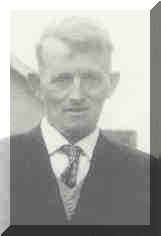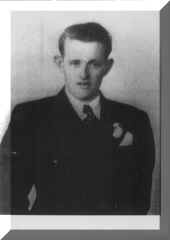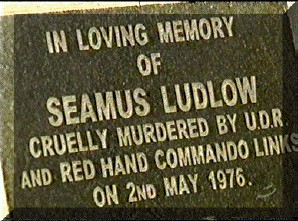The Murder of Seamus Ludlow in County Louth, May 1976. Towards a public inquiry?



The Murder of Seamus Ludlow in County Louth, May 1976. Towards a public inquiry?
|
|
Introduction to the murder of Seamus Ludlow and the official cover-up. Michael Cunningham investigation - 1978 The recent Campaign for Truth and Justice. Irish Victims Commission Report. Ludlow family's questions for the RUC (now the PSNI). Jim J. Kane's letter to the N I Human Rights Commission. Jim J. Kane's letter to the RUC Ludlow Family Letter to Bertie Ahern View messages from our original Guestbook Other Ludlow Family Sites.
|
Magill Magazine, September 2002:The Truth Trickles Out Mystery has always surrounded the 1974 Dublin and Monaghan bombings. An independent inquiry has been set up to look at the events surrounding the attacks, and the bombing of Dundalk the following year. Donall O Maolfabhail reports on its likely findings. The Dundalk Democrat, 21 September 2002: Barron investigations lead to public inquiry into Dundalk bombing The Dundalk Democrat, 21 December 2002: Author identifies those who may have been responsible Book on bombing to be launched on Saturday The Dundalk Democrat, 21 Decemnber 2002: Nearly 30 years on from Dundalk bombing and the fight for justice continues The Dundalk Democrat, 04 January 2003: A photograph of Joe Tiernan's book launch in Dundalk. (See above Dundalk Democrat 21 December 2002) The Sunday Times, January 12, 2003: Army 'link' to Dublin bombings RM Distribution, 13 January 2003 : Dublin/Monaghan bombs came from British Army - report
I Homepage I I Top
I I Press Coverage I I Barron
Inquiry I I Terms of reference for Barron
Inquiry I I Fresh Inquest I I Celtic
League Support I I New
GuestMap Guest Book.
I
Please visit our Justice for Seamus Ludlow Websites:
and an associated site for a campaign that has our support:
http://www.adon89.care4free.net/dundalk_bombing/index.htm
Also visit: Relatives for Justice at http://www.relativesforjustice.com/
the Pat Finucane Centre at http://www.serve.com/pfc/ and British Irish Rights Watch at http://www.birw.org/ Copyright
© 2003 the Ludlow family. All rights reserved. |